
Global convenience sales are expected to exceed $1 trillion by 2029, driven by trends such as technology evolution, enhanced food missions and targeted value programmes but will lose share to discount and online.
The research, found in the IGD Global Convenience Trends Report 2025, forecasts a 4.1% compound annual growth rate for the international convenience sector, slightly behind the estimated growth rate of the global grocery market (4.2%)
It predicts that convenience will be the third-largest modern trade channel between now and 2029 but that its share will be eroded by the faster growth of smaller, but rapidly expanding, discount and online channels. The report predicts that discount retailers will attract budget-conscious shoppers, while online retailers will offer a breadth of range that convenience stores “struggle to match”. It also warned that supermarkets, despite their slower growth, are also becoming a greater threat to convenience stores, with operators expanding their smaller footprint formats.
IGD advised that to stay competitive, convenience retailers must differentiate through enhanced in-store experiences, strategic space allocation, and value-driven promotions.
It added: “Retailers can stay competitive, but they must enhance the in-store experience and showcase food-to-go and food-for-later propositions. By exploring new ways to stand out with food counters and differentiated ranges and cuisines, as well as bundling products as part of meal deals, these enhancements will help increase spend per trip and provide greater value to shoppers.”
The report identified five global trends that will shape the convenience sector between now and 2029 - Tech Evolution; Food Mission; Shifting Space; Targeted Value and Striving for Better, and offered advice on how to make the most of these trends.
IGD Insights Manager Sneha Haria explained how the convenience channel can take advantage of these trends. “Convenience retail is evolving from quick transactions to smart, seamless experiences,” said Haria. “Our report highlights key trends like digital innovation and healthier food options that will define success in 2025 and beyond. While the sector uses its proximity and adaptability to meet consumer trends, it must address costs and competition challenges. Retailers need to close the price perception gap with other channels and make targeted value visible across regions. Sustainability and health are emerging trends globally, even though they are not typically front of mind for convenience shoppers.”



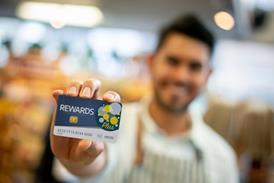

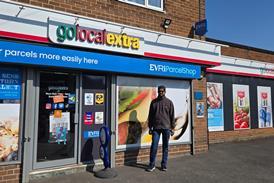



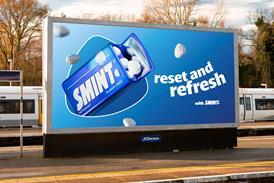

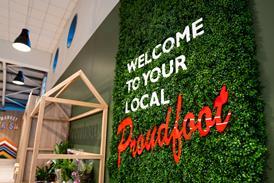
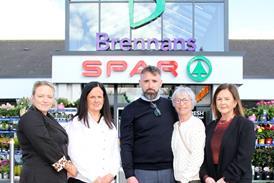


![WG-4003[58]](https://d2dyh47stel7w4.cloudfront.net/Pictures/274x183/4/5/1/353451_wg400358_6083.jpg)

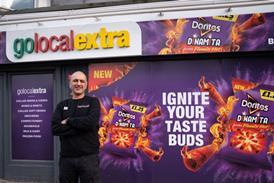


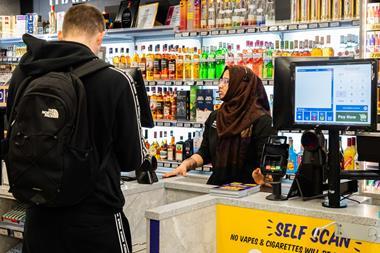



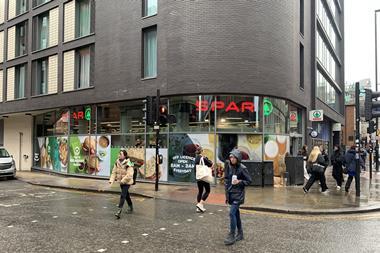






No comments yet